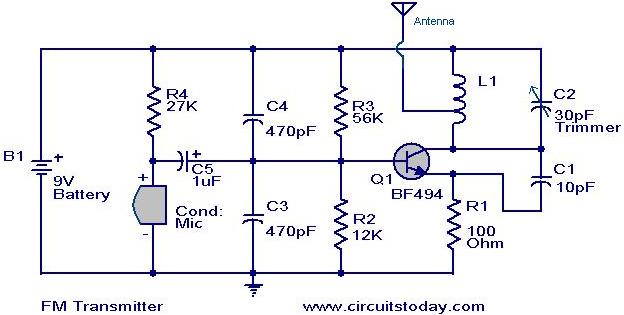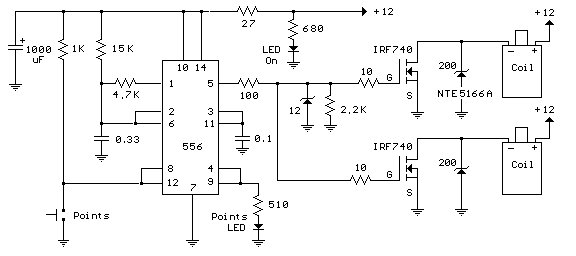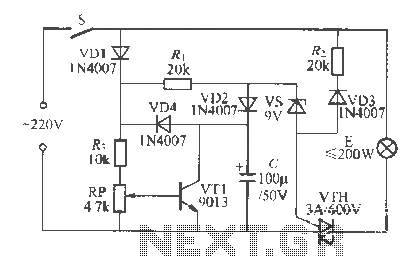
36 Led Flasher Driver Circuit

Originally designed as a three-bell animation circuit for Christmas decorations, this circuit can also be utilized for various other applications that require a flashing effect. By reconfiguring U2 (refer to the data manual), it is possible to achieve more than three outputs.
The circuit in question employs a basic astable multivibrator configuration using operational amplifiers or timers, which generates a square wave output that can be used to drive multiple outputs. The primary component, U2, acts as a frequency generator, producing a pulsing signal that can be adjusted for different flashing rates.
To enhance the versatility of the circuit, additional outputs can be obtained by modifying the connections of U2. This allows for the integration of multiple LEDs or other light sources, enabling a more elaborate lighting display. The outputs can be connected to transistors or MOSFETs to handle higher current loads, ensuring that the circuit can drive various types of lighting elements, including incandescent bulbs or high-power LEDs.
Power supply considerations are essential for the operation of the circuit. A stable voltage source is required to ensure consistent performance, especially when multiple outputs are activated simultaneously. Additionally, decoupling capacitors should be employed near the power pins of the ICs to minimize noise and improve stability.
The design can also include a variable resistor or potentiometer in the timing circuit to allow users to adjust the flashing speed according to their preferences or specific application requirements. By carefully selecting the timing components (resistors and capacitors), the frequency of the flashing can be tailored, providing further customization for different scenarios.
In summary, this three-bell animation circuit is a flexible and adaptable design that can be repurposed for various flashing applications beyond its original intent. Its ability to provide multiple outputs and adjustable flashing rates makes it suitable for a wide range of decorative and functional lighting projects. Originally intended as a 3-bell animation circuit for Christmas decorations, the circuit can be used for many other purposes that require a flasher of this kind. By re-connecting U2 (see the data manual), more than three outputs can be be obtained. 🔗 External reference
The circuit in question employs a basic astable multivibrator configuration using operational amplifiers or timers, which generates a square wave output that can be used to drive multiple outputs. The primary component, U2, acts as a frequency generator, producing a pulsing signal that can be adjusted for different flashing rates.
To enhance the versatility of the circuit, additional outputs can be obtained by modifying the connections of U2. This allows for the integration of multiple LEDs or other light sources, enabling a more elaborate lighting display. The outputs can be connected to transistors or MOSFETs to handle higher current loads, ensuring that the circuit can drive various types of lighting elements, including incandescent bulbs or high-power LEDs.
Power supply considerations are essential for the operation of the circuit. A stable voltage source is required to ensure consistent performance, especially when multiple outputs are activated simultaneously. Additionally, decoupling capacitors should be employed near the power pins of the ICs to minimize noise and improve stability.
The design can also include a variable resistor or potentiometer in the timing circuit to allow users to adjust the flashing speed according to their preferences or specific application requirements. By carefully selecting the timing components (resistors and capacitors), the frequency of the flashing can be tailored, providing further customization for different scenarios.
In summary, this three-bell animation circuit is a flexible and adaptable design that can be repurposed for various flashing applications beyond its original intent. Its ability to provide multiple outputs and adjustable flashing rates makes it suitable for a wide range of decorative and functional lighting projects. Originally intended as a 3-bell animation circuit for Christmas decorations, the circuit can be used for many other purposes that require a flasher of this kind. By re-connecting U2 (see the data manual), more than three outputs can be be obtained. 🔗 External reference





